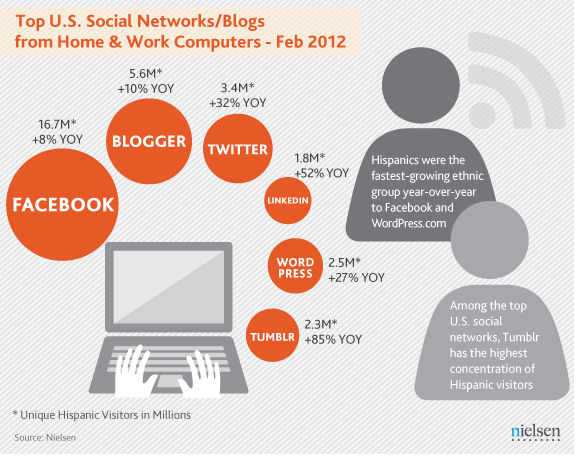Visual Voicemail, a
popular application that allows you to see your messages and choose which ones
you want to listen to or delete instead of your voicemail dictating that for
you, has decided to leave Blackberry behind.
YouMail, the company that owns
visual voicemail, announced the decision in a blogpost, also revealing that it
was a bittersweet decision as Blackberry brought the company their first million
users and started their company's success. Which is no small feat as the
application currently sits in the top-10 of Blackberry's "productivity" category
of applications. The change comes as YouMail is finding that their number of
Blackberry users has dropped below the number of Windows Phone 7 users, which is
an application they do not even put out themselves.
As Android and Apple
continue to generate and rapidly grow in numbers, the company has decided it is
the best move for them to make. Other issues have risen between the
compatibility between the two companies as the platform for the software only
took 2-3 days to build for Android and iPhone, but 2-3 weeks for the Blackberry.
This is only another hit for the phone company on the tail of a gradual decline
since the boost in sales of Android phones, while iPhone users have been on a
rise for years. The expansion of the iPhone to other phone service companies,
such as Verizon, have also been attributed to the falling in sales of
Blackberry.
The CEO for YouMail, Alex Quilici stated, "We're
all rooting for BlackBerry over here," he said. "IPhone was a success because it
was different and cool, while Android got attention for being largely free and
open. I hope RIM finds something like that to differentiate
itself."
Source: Why a top app maker is ditching Blackberry, CNN Money blog









